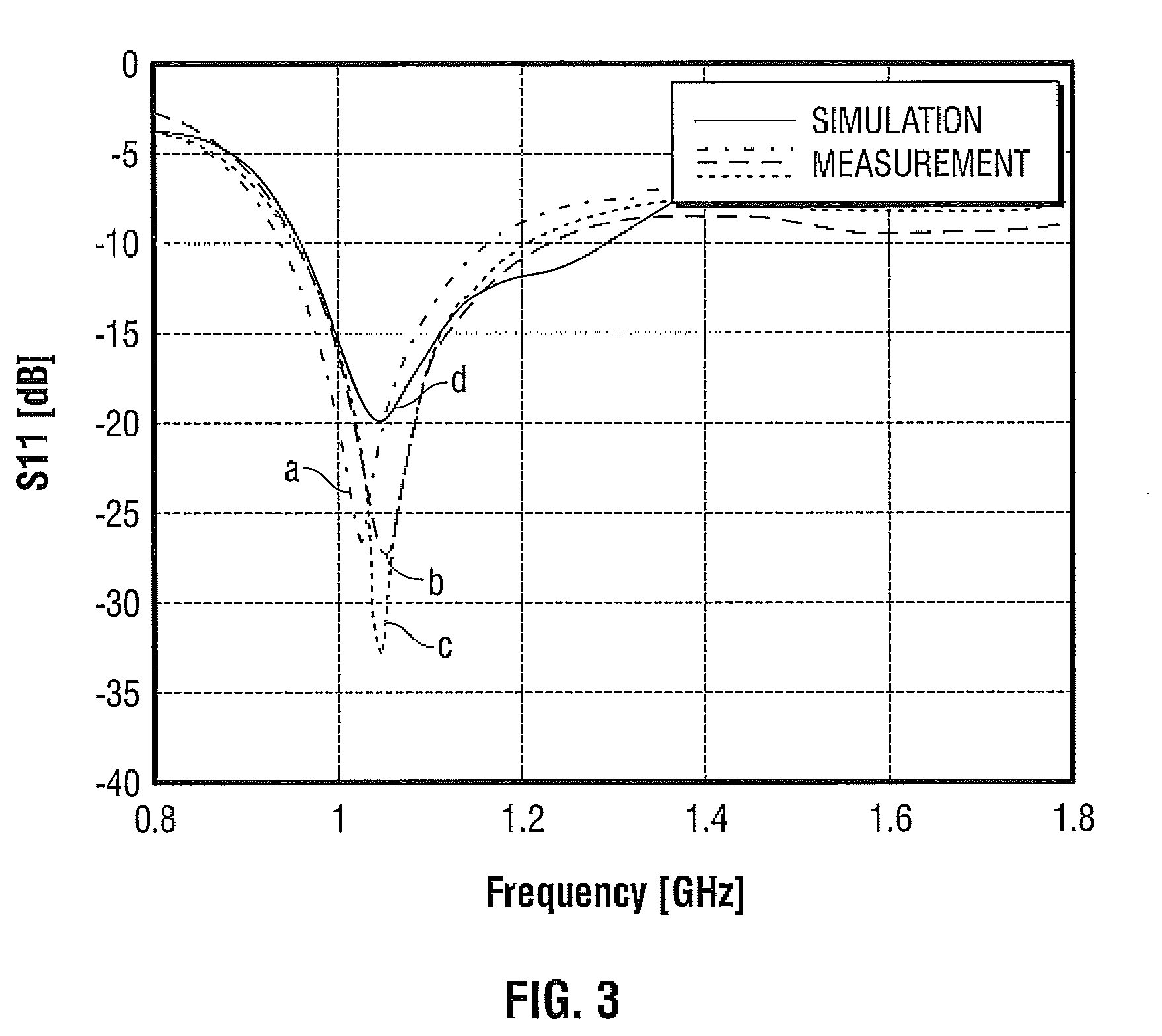Frequency Identification for Microwave Ablation Probes
a technology of frequency identification and ablation probes, which is applied in the field of microwave antennas, can solve the problems of inefficient application of microwave energy, achieve the effects of reducing ablation time, improving ablation size, and maximizing the efficiency of the antenna assembly
- Summary
- Abstract
- Description
- Claims
- Application Information
AI Technical Summary
Benefits of technology
Problems solved by technology
Method used
Image
Examples
Embodiment Construction
[0016]Particular embodiments of the present disclosure will be described herein below with reference to the accompanying drawings. In the following description, well-known functions or constructions are not described in detail to avoid obscuring the present disclosure in unnecessary detail.
[0017]Microwave antenna assemblies are typically resonant structures, which operate most efficiently at a particular frequency. In other words, due to manufacturing tolerance limitations, each microwave antenna assembly has a unique optimal operational frequency. The present disclosure provides for a system and method for determining the operational frequency of the microwave antenna assembly and providing the optimal frequency to a microwave generator, which then adjusts output of the microwave energy accordingly to substantially match the optimal frequency.
[0018]FIG. 1 shows a microwave ablation system 10 that includes a microwave antenna assembly 12 coupled to a microwave generator 14 via a fle...
PUM
 Login to View More
Login to View More Abstract
Description
Claims
Application Information
 Login to View More
Login to View More - R&D
- Intellectual Property
- Life Sciences
- Materials
- Tech Scout
- Unparalleled Data Quality
- Higher Quality Content
- 60% Fewer Hallucinations
Browse by: Latest US Patents, China's latest patents, Technical Efficacy Thesaurus, Application Domain, Technology Topic, Popular Technical Reports.
© 2025 PatSnap. All rights reserved.Legal|Privacy policy|Modern Slavery Act Transparency Statement|Sitemap|About US| Contact US: help@patsnap.com



